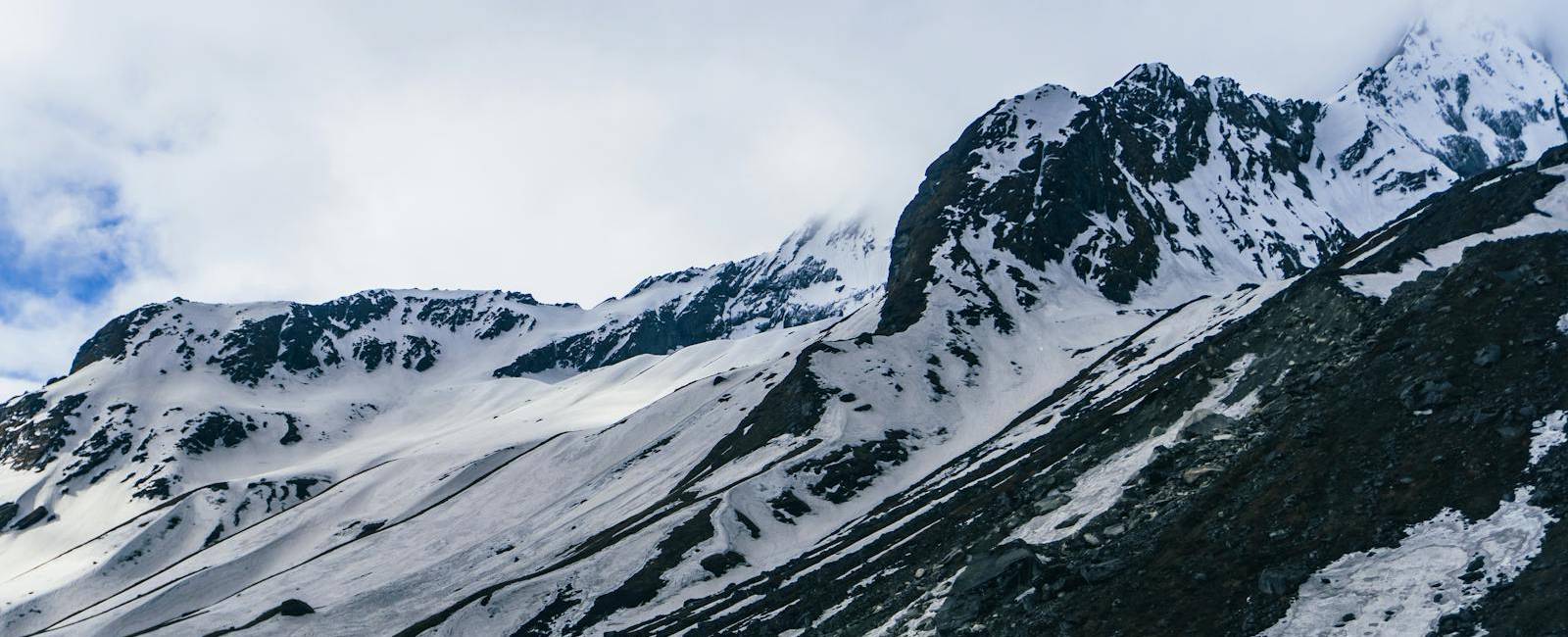Trekking to Everest Base Camp is a dream for many adventure enthusiasts and nature lovers. The breathtaking views, the thrill of standing at the foot of the world’s highest peak, and the rich cultural experiences make it a once-in-a-lifetime journey. However, timing your trek is crucial for a successful and enjoyable experience.The best times to embark on this incredible adventure.
Understanding the Seasons
The trekking season in the Everest region can be broadly divided into four main seasons: pre-monsoon (spring), monsoon (summer), post-monsoon (autumn), and winter. Each season has its unique characteristics, and understanding these can help you choose the best time for your trek.
1. Pre-Monsoon (Spring) – March to May
Ideal Time: Late March to May
- Weather:The weather during this season is generally stable, with clear skies and moderate temperatures. Daytime temperatures can range from 10°C to 15°C (50°F to 59°F) in the lower regions, while nights can be chilly, especially at higher altitudes.
- Scenery: This is the season when the rhododendrons bloom, painting the hillsides with vibrant colors. The views of the mountains are often crystal clear, making for stunning photographs.
- Crowds: Spring is one of the most popular times to trek to Everest Base Camp, so expect more trekkers on the trails. However, the camaraderie among fellow adventurers adds to the experience.
2. Monsoon (Summer) – June to August
- Weather: The monsoon season brings heavy rainfall, particularly in June and July. This can lead to muddy trails, landslides, and increased risk of altitude sickness due to rapid weather changes.
- Scenery: While the landscape is lush and green, the heavy clouds often obscure views of the mountains. Trekking during this time can be challenging and less rewarding.
- Crowds: The number of trekkers significantly decreases during the monsoon, which can lead to a more solitary experience. However, the risks and challenges often outweigh the benefits.
3. Post-Monsoon (Autumn) – September to November
Ideal Time: Late September to November
- Weather: After the monsoon, the weather stabilizes, with clear skies and cooler temperatures. Daytime temperatures range from 10°C to 15°C (50°F to 59°F), while nights can be quite cold, especially as November approaches.
- Scenery: The views are often spectacular, with the mountains standing tall against a clear blue sky. The trails are less muddy than in the monsoon, making for easier trekking conditions.
- Crowds: Autumn is another peak trekking season, attracting many trekkers. While the trails can be busy, the atmosphere is vibrant, and you’ll have plenty of opportunities to meet fellow adventurers.
4. Winter – December to February
- Weather: Winter brings freezing temperatures, especially at higher altitudes. Daytime temperatures can drop below freezing, and nights can be extremely cold.
- Scenery: The landscape is stunningly beautiful, with snow-capped peaks and serene surroundings. However, the harsh weather conditions can make trekking challenging and dangerous.
- Crowds: Very few trekkers venture to Everest Base Camp during winter, so you can enjoy solitude. However, the risks associated with extreme cold and potential avalanches make this season less favorable for most.
Conclusion
The best times to trek to Everest Base Camp are during the pre-monsoon (spring) and post-monsoon (autumn) seasons. Each of these periods offers unique advantages, from stunning scenery to favorable weather conditions. While the monsoon and winter seasons present significant challenges, they may appeal to those seeking solitude and adventure.
Ultimately, the choice of when to trek depends on your preferences and comfort level with varying weather conditions. Whichever time you choose, the journey to Everest Base Camp is sure to be an unforgettable experience filled with breathtaking views, cultural encounters, and a sense of achievement. Happy trekking! Book your trek with Best Heritage Tour (BHT) for journey filled with joy, satisfaction, and unforgettable memories.
Author: bestheritagetour.com
Date: 3rd December, 2024

